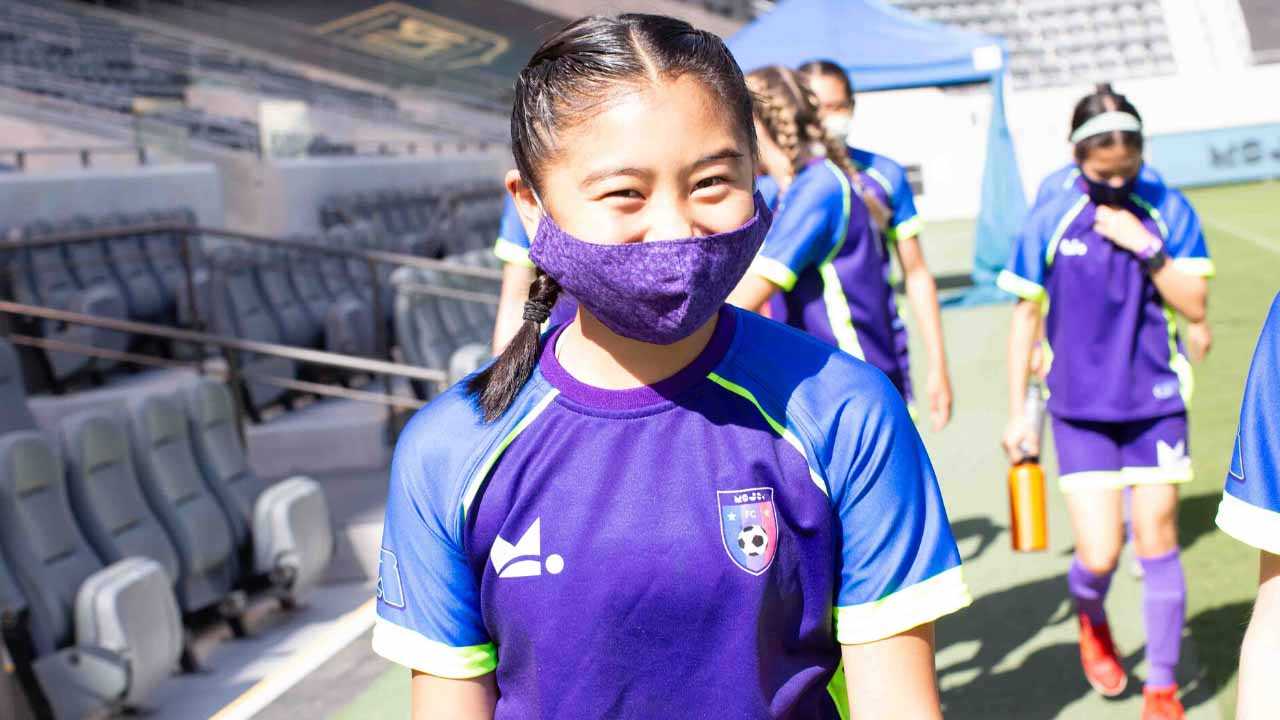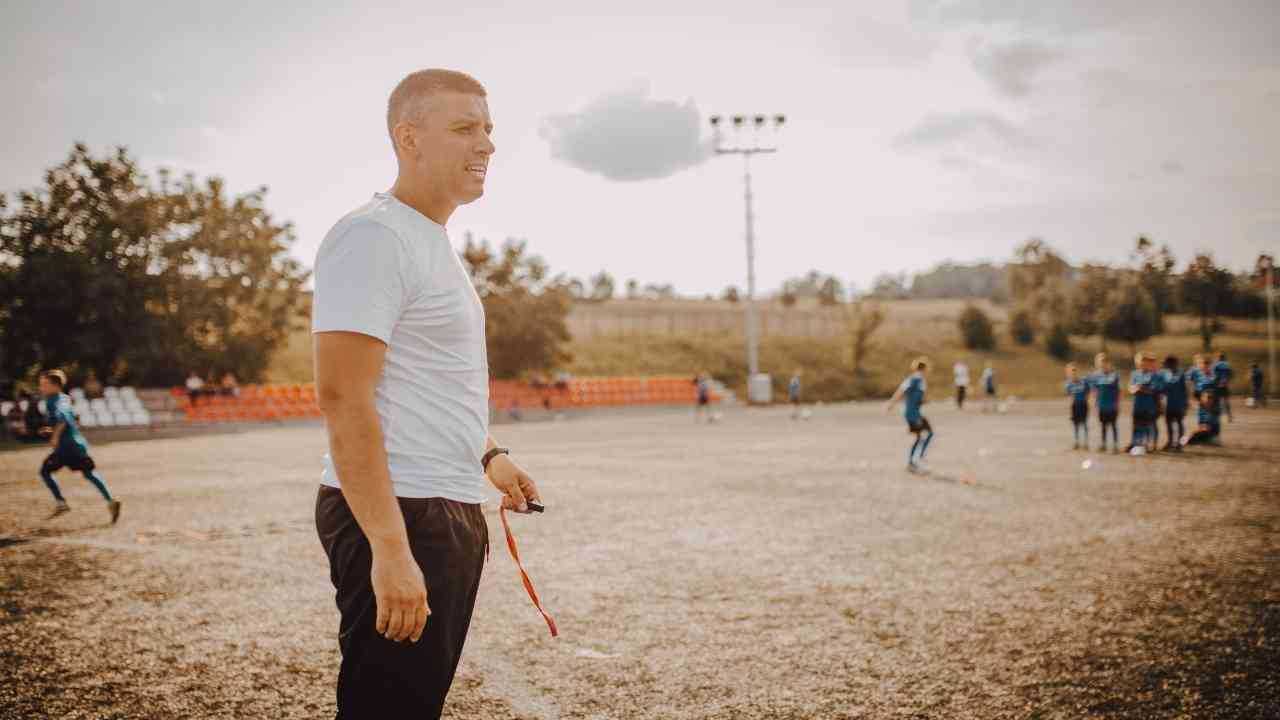The 5 Most Common Youth Sports Injuries
Coaches need to know about a lot more than just concussions
Sue Pierce
| 4 min read

Canva
Sophia Calegari was in her junior year of high school when, in the middle of a big game, she collided with another player and landed on her ankle. At first, she didn’t realize she had sprained it, but a few days later the pain became unbearable. She ended up on crutches and missed several weeks of the season.
“Honestly, it really sucked,” she says, “seeing my friends playing the sport I loved.”
Calegari’s story is not unique. The CDC reports that 2.6 million children, up to age 19, end up in the ER with a sports-related injury each year. Most of these injuries come from collisions during games. Tackle football, wrestling, ice hockey and lacrosse are the riskiest sports for boys. For girls, gymnastics and soccer.
Dr. Emily Kraus, assistant clinical professor at Stanford Children’s Orthopaedic and Sports Medicine Center, has seen it all. “We see acute injuries like ankle sprains, with ACL injuries being the most severe,” she says. “We also see chronic injuries like tendonitis and a lot of growth plate-related injuries.”
Luckily, there are ways to help young athletes stay healthy — and avoid some heartbreak.
Here’s a quick rundown:
Ankle sprain
Ankle sprains are the most common injury in youth sports. Blame it on ill-fitting cleats, gopher holes or aggressive players. How can you tell a sprain from a break? If the injured player can get up and walk without severely limping, it’s probably a sprain, says Kraus. Lots of pain at the bone and major swelling are signs of a possible fracture. Strength exercises (like those below used to protect the ACL) help fortify those ankles.
ACL tear
A tear in the ACL, a major ligament in the knee, is seen more and more, especially in girls who play soccer. Quick stops and changes in direction can cause the knee to twist. Often, surgery is needed. Many sports programs have introduced strength and balance exercises, like the FIFA 11+ warm-up program for soccer, to help. “It is really valuable if you are consistent with it,” says Kraus.
Calegari’s high school team tried it. “We would jump from side to side, landing on one leg at a time, taking it slowly,” she says. “It seems like a silly exercise, but it actually helps.”
Growth plate injuries
The growth spurts that are part of puberty can add risk. Osgood-Shlatter’s disease is a fancy name for the stretching of the ligament under the kneecap. As it swells, it creates a painful bump. Sever’s disease is when the Achilles tendon pulls on the heel growth plate, causing pain and stiffness. Limiting activity can help. The American Academy of Pediatrics (AAP) offers this handy formula: Kids should train no more hours per week than their age.
Overuse injuries
Overuse injuries take many forms — tennis elbow, swimmer’s shoulder, shin splints — all stemming from repetitive movements. Luckily, we’ve got a pro tip: Take a break.
Kraus suggests using the holidays, or school breaks, as a natural way to break up training. The AAP recommends one to two rest days per week and taking at least one month off from each sport played. Playing for one team instead of multiple teams in the same season cuts risk. And, if possible, play a variety of sports. Sport specialization has a direct link to overuse injuries, studies show.
Concussions
It’s a major issue. “You don’t really know how bad a concussion is until you start doing things that require you to use your brain,” says Hayley Dunn, a college freshman who missed six months of soccer due to a bad concussion. Many sports programs now do baseline cognitive testing to better evaluate players after a potential concussion. Increased awareness has led to improved rules: Soccer players 10 and under cannot head the ball. No checking for ice hockey players 12 and under. Tackle football players are taught to lead a tackle with their shoulder instead of their head.
When it comes to injuries, make sure, too, that you aren’t overlooking the basics: Hydration. Good sleep. Less stress. They’re invaluable — for all of us.




